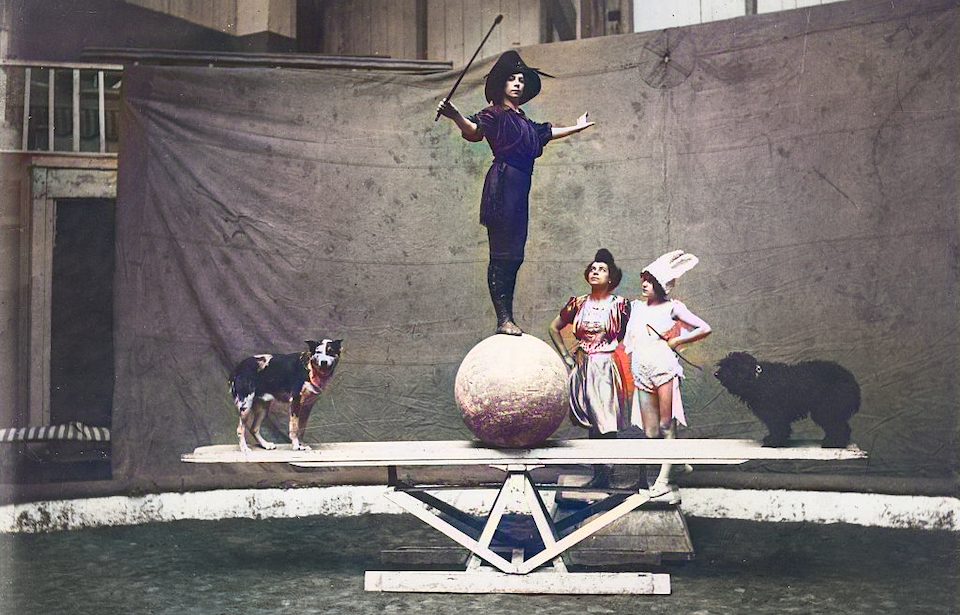What comes to mind when you think about the circus? If you’re like us, you picture clowns in outlandish makeup, tightrope walking, and the iconic red and white tent. Here are some facts about its origins, complete with vintage photos that will make you do a double-take.
Send in the clowns
Most are of two minds when it comes to clowns. Some think they’re hilarious, while others see them as the stuff of nightmares. What often comes to mind are their makeup, large footwear, and brightly colored wigs. While this look is now the standard, clowns didn’t always dress this way.
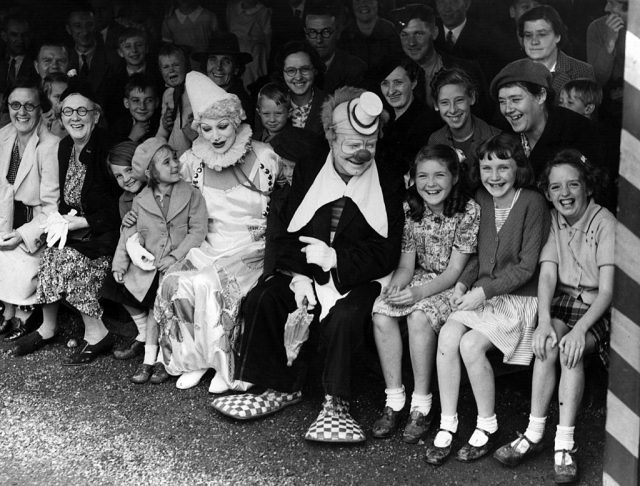
Historians have traced their existence back to 2400 B.C., during the Fifth Dynasty of Egypt. Around this time, they doubled as priests, before evolving into what they are today. As time went on, their look changed. They were bald and wore padding in ancient Greece, and they donned pointy hats in ancient Rome.
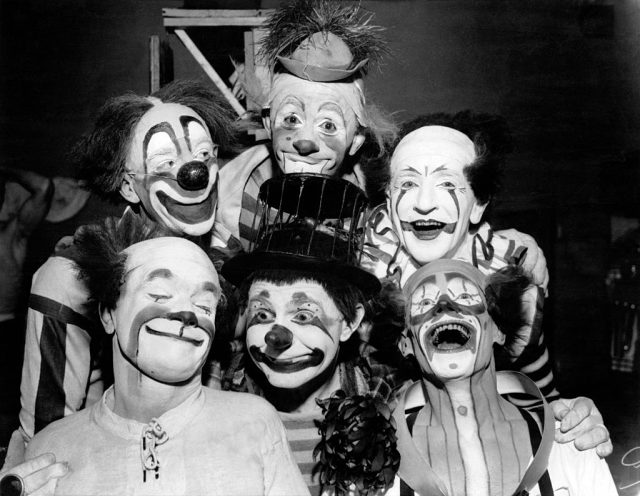
We’ve often wondered why people develop a phobia of clowns. While the most obvious explanation would be their appearance, the reason goes much deeper, according to David Kiser, talent director for Ringling Bros. and Barnum & Bailey Circus.
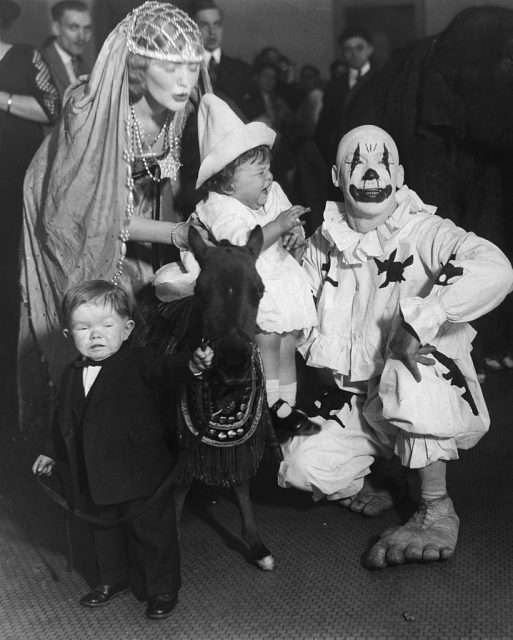
Kiser explains that clowns have a dark side and mirror back to audiences the worst of society. Their humor and outlandish personalities poke fun at the likes of sex and drinking, making people uncomfortable in the process.
Contortionists date back centuries
Contortionists have the ability to awe audiences and twist their bodies into poses reminiscent of terrifying movie creatures. They’ve long been a staple of the circus, but did you know the art dates back hundreds of years?
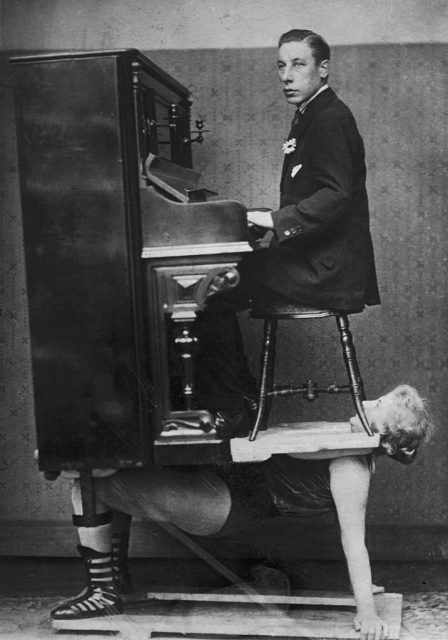
Contortion places its origins with the Mongolians, Russians, and Chinese, but depictions can be seen in art from ancient Egypt, Greece, and Rome. In Mongolia and China, the skill was mastered by traditional Buddhist Tsam dancers, and its success spurred its expansion to other areas of society.
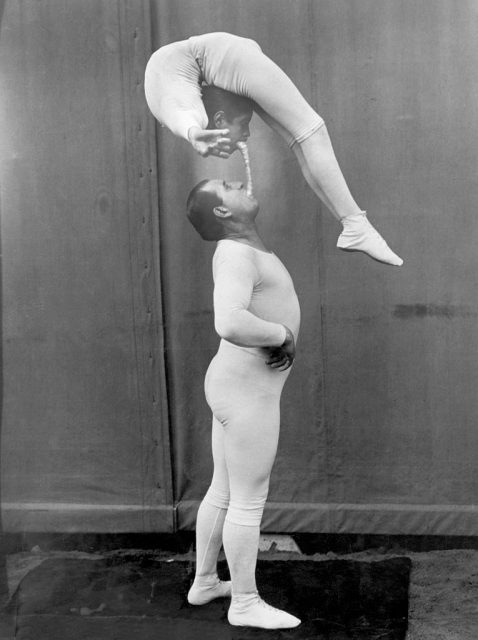
Today, contortion is largely seen as a merging of Western and Eastern influences. While it was largely done by females in the past, it has since expanded to include males who show an abnormal amount of movement and skill.
Nerve-wracking skill
You need to have guts of steel to be the assistant to a knife thrower. It’s human instinct to flinch when someone throws a weapon at you, so you need a lot of confidence in your partner. The performances are a hit with audiences, but require training and skill to ensure the force, spin, and speed of the knife are perfect each time.
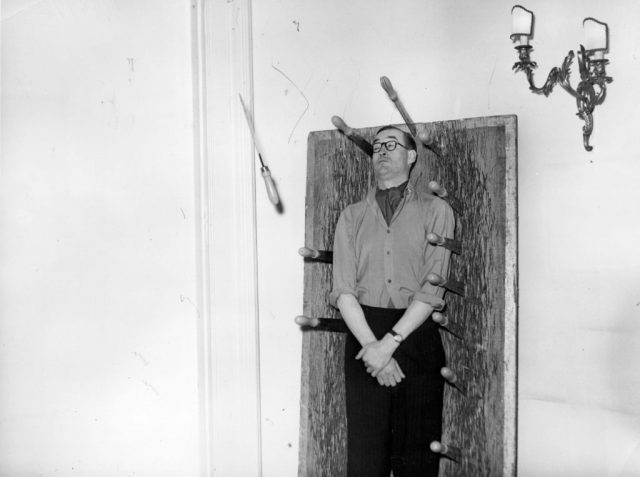
A more extreme version of this act was known as the “Wheel of Death,” and it’s just as terrifying as it sounds. The target was blindfolded and affixed to a spinning wheel, at which their partner threw knives. Not only did this increase the fear aspect, but also audience anticipation.
Years of training for mediocre pay
Circus attendees bear witness to gravity-defying acrobats, incredible stilt walkers, and the strangest of tricks. What you might not realize is the circus is akin to an iceberg – you only see a small percentage of what goes into the making of it.

Many performers spend years mastering their craft. They also have to be comfortable being on the road – they don’t call circuses “traveling shows” for no reason. Oh, and we can’t forget the risk of injury they contend with on a regular basis.
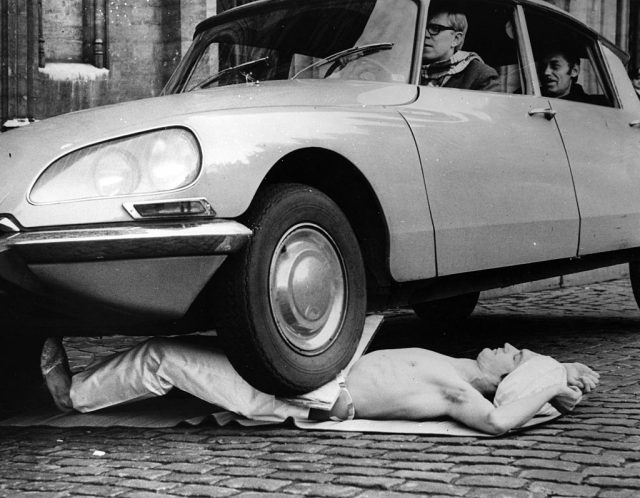
It might come as no surprise the majority of performers don’t get paid much. Unless you’re a member of an internationally known show, such as the Cirque du Soleil, you earn slightly more than minimum wage. The starting salary ranges from $30,000 to $40,000, and increases along with the performer and the circus’ popularity.
A fine line between danger and entertainment
The most famous animal tamers are without a doubt Siegfried & Roy. The pair’s Las Vegas show drew crowds interested in their relationships with tigers and lions. Their act was reminiscent of circus performances, and the injuries they received show just how dangerous it is to perform with wild animals.
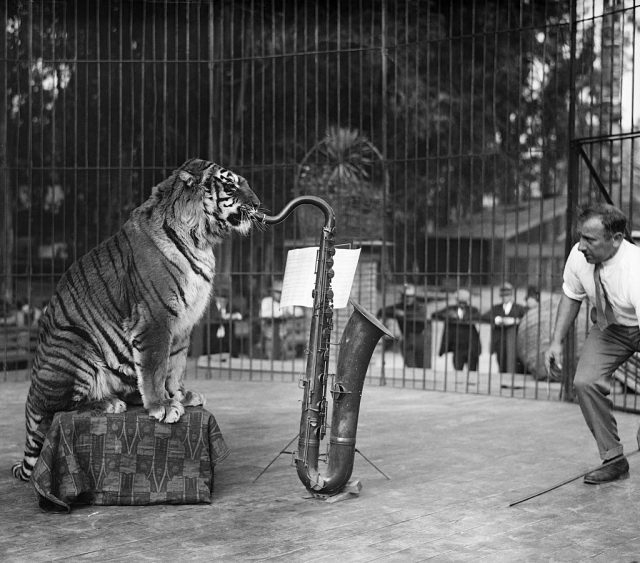
Tigers commonly appeared in circuses throughout the early 20th century, performing such tricks as jumping through hoops of fire. They were often treated poorly, subjected to small cages and working during the day, despite naturally being nocturnal. They were also known to attack their trainers without warning, resulting in severe punishment.
Sword swallowing is a lot more difficult than you think
If you’re like us, you’ve always wondered how illusionists are able to swallow strange objects, such as swords. As it turns out, it’s not an illusion at all, but a trick of the muscles called peristalsis.
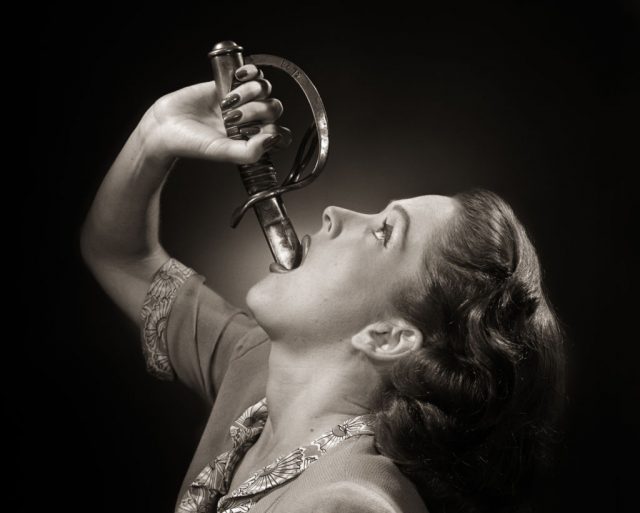
Peristalsis is the act of relaxing the throat’s 50 pairs of muscles, so you’re able to slide objects down the esophagus. The majority of entertainers require lots of training to reach this point, so they start with less intimidating objects.

In order to ensure the sword goes down smoothly, most lubricate it with vegetable or olive oil. Knowing how sword swallowers do what they do makes other circus acts, such as the swallowing of live snakes, much more understandable – just not logical!
Ancient Roman origins
While the concept of the modern circus only dates back a few centuries, the origins of the word can be traced back to ancient Rome. It was in reference to a building that held chariot racing, equestrian shows, trained animal displays, and staged fighting. When ancient Rome fell, performers took to the road, putting on shows at fairs across Europe.
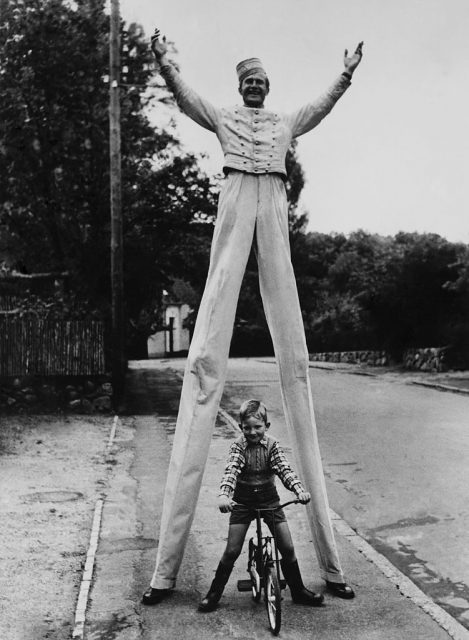
The format we know today is attributed to Philip Astley, “the father of the modern circus.” In 1768, he set up an equestrian show at an amphitheater in London. It was such a success that he expanded it by hiring jugglers, acrobats, a clown, and tightrope walkers.

The circus made its way to the United States during the 1800s, thanks to the Circus of Pepin and Breschard. This spurred others to begin their own touring shows, which were revolutionized by the best-known name in the industry: P.T. Barnum.
America’s first female tattoo artist
Maud Wagner was an aerialist and contortionist in the early 1900s. Her act was wildly popular, so much so she performed at the St. Louis World’s Fair in 1904. It was there she met tattoo artist Gus Wagner, whom she began to date on one condition: he teach her how to tattoo.

Their love affair sparked a passion for tattooing in Wagner, and she was soon covered in elaborate art. She honed her skills and became the first female tattoo artist in the U.S. Her appearance allowed her to make a living after quitting the circus, as she and her husband traveled the country tattooing and appearing in Vaudeville shows.
Elephants aren’t actually scared of mice
While elephants have largely been retired from circus acts, they were once a staple of traveling shows. The majority had at least one, and spectators traveled far and wide to watch them perform.
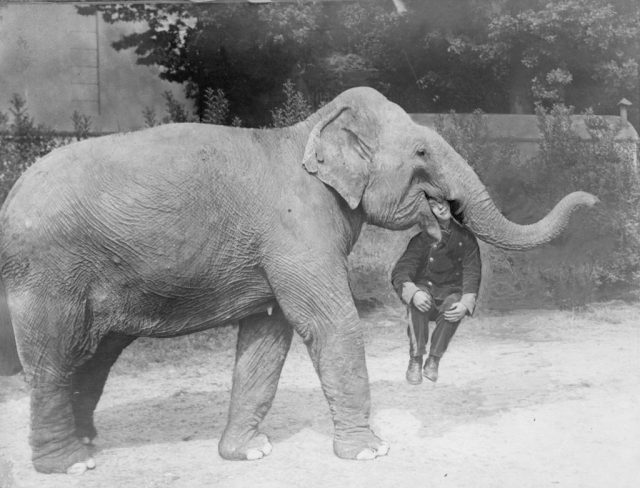
Elephants appeared in a host of acts, from carrying human performers to doing tricks. They are credited with bringing together P.T. Barnum and James Anthony Bailey, the masterminds behind Barnum & Bailey Circus. Initially rivals, the pair teamed up over Bailey’s need for money and Barnum’s need for a baby elephant.
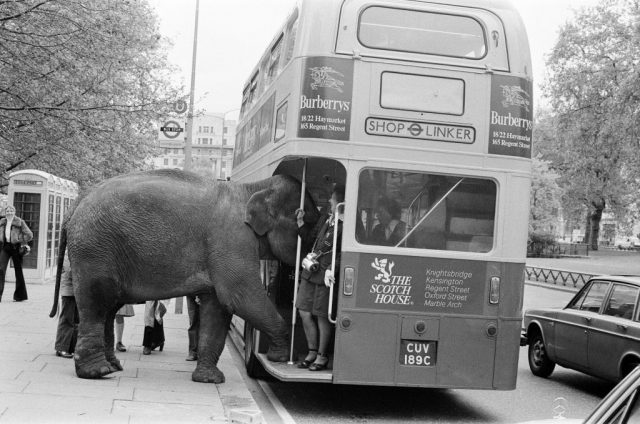
More from us: These photos document the performers of the traveling circus c.1910-1911
Unfortunately, elephants weren’t treated too well. Instead of water, many were given alcohol to drink, and they were subjected to horrible living conditions. This is largely where the belief elephants are afraid of mice arose. While wild ones could care less about rodents, those traveling with circuses had to contend with them chewing at their tails while caged up.
